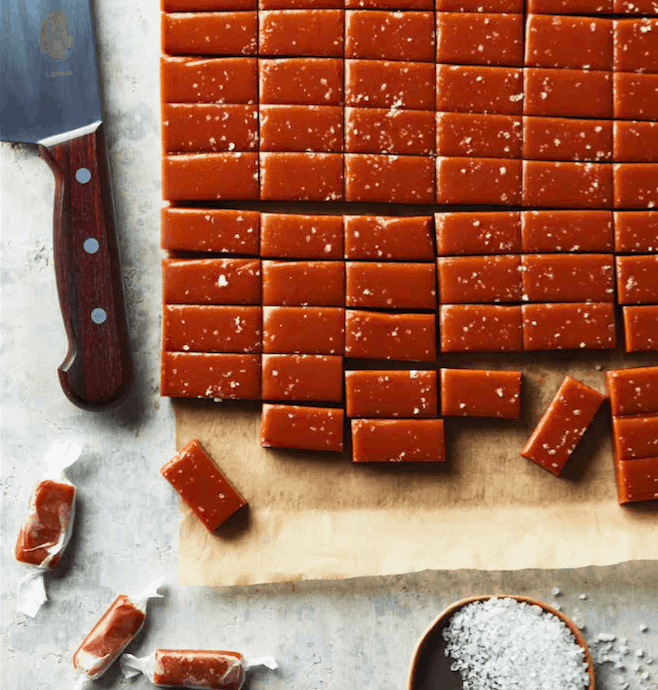FIRST-TIME VISITORS TO CAPE TOWN and its surrounding wine-lands will be struck by the staggering beauty of this corner of South Africa, among the most picturesque wine-growing regions on the planet. Rugged granite-capped mountains sit atop ancient, crumbled shale and sandstone, rising to more than 1,000 metres above the shores of False Bay. Across the western horizon from Cape Town looms the unmistakable landmark of Table Mountain, with its near-permanent wisps of cloud covering the levelled summit like a 1960s-era Beatles moptop. Inland, vine-covered slopes share space with lush green valleys filled with infinitely varied native flowers. The Cape Floral Kingdom is, after all, the smallest, yet richest, of the world’s six floral kingdoms. The Cape alone features greater biodiversity than the entire Northern Hemisphere — some 9,600 unique species.
The first Europeans to arrive at the southern tip of Africa must have also been struck by its beauty — and potential. In 1652, the Dutch East India Company set up a provisioning outpost to supply fruit and vegetables to passing ships. Grapevines are not native to Africa but were also soon brought by settlers, and Cape wine would be one of the sought-after local products. And so it was that in 1659, the first wine grapes grown in the Company Gardens in Cape Town were pressed. South Africa celebrated its 364th grape harvest this year.
Simon van der Stel is generally the man credited for raising wine quality at his estate outside of Cape Town. Groot “Great” Constantia grew to become one of the most famous wine estates outside of Europe in the 17th and 18th centuries — a favourite of Napoleon. It’s the oldest still-producing wine estate in Africa. For his services to wine, van der Stel had a charming little wine-centric town named after him, Stellenbosch, which remains the epicentre of wine production today and the best base from which to explore the surrounding vineyards.




Stellenbosch is the place to enjoy classic Cape Dutch architecture — the single-storey, white-washed buildings with thatched roofs that jostle with Georgian and Victorian houses from different eras on oak-lined streets, many now home to fine restaurants and wine bars. Students at the Stellenbosch University, where many of the Cape’s winemakers train, infuse the town with energy. Dozens of quality-focused wineries lie within easy striking distance of the town. The region is most well known for its bold and sturdy, savoury red wines, especially blends of Cabernet Sauvignon and Merlot, and Syrah. It’s the Napa of South Africa.
TOP PRODUCERS: De Toren, De Trafford, Glenelly, Jordan, Kaapzicht, Kanonkop, Leeu Passant, Kleine Zalze, Meerlust, Rust en Vrede, Rustenberg, Tokara, Vilafonté, Warwick, Waterford
Less than an hour’s drive east from Stellenbosch is the town of Franschhoek (“French Corner”), where 150 Huguenots fleeing persecution in France settled in 1688. It’s perhaps unsurprising then that Franschhoek is considered the gastronomic capital of South Africa, with a dense mix of winery and independent restaurants to choose from. Stop in for a taste of South Africa’s finest old-vine Sémillon from Boekenhootskloof while you’re there.
TOP PRODUCERS: La Motte, Boschendal, Anthonij Rupert, Bellingham, Boekenhootskloof, Holden Manz
Some of the most exciting white wines are produced from the wealth of old Chenin Blanc vineyards found throughout the Cape, especially the regions of Stellenbosch and the Swartland to the north. Chenin is the country’s most planted grape, once derided as a simple workhorse variety destined for brandy or to disappear into the enormously successful Lieberstein wine brand in the 1960s and 1970s. Old-vine Chenin Blanc, some centenarian, is now considered a national treasure, producing deeply concentrated, yet fresh and saline, whites that stand alongside the world’s best. South Africa even boasts its own Chenin Blanc producers’ association with 140 members.
TOP PRODUCERS: A.A. Badenhorst, Mullineux, Sadie Family Wines, David & Nadia, Alheit, Ken Forrester, Reyneke, Raats, Beaumont, Radford Dale
Pinot Noir and Chardonnay thrive in the Cape’s cooler coastal regions, bathed in breezes from the cold Southern Ocean. South Africa’s first Pinot Noir was planted in the late 1970s, in the evocatively named Hemel-en-Aarde Valley (“heaven and earth” in old Dutch), inland from the charming seaside town and whale-watching community of Her- manus in the Walker Bay District. Take the scenic R320 towards Caledon through the Hemel-en-Aarde Valley to the Upper Hemel-en-Aarde, and finally to the Hemel- en-Aarde Ridge, enjoying the most restrained and elegant examples of Pinot and Chardonnay in the country, teasing out the terroir differences of these three sub-regions.
TOP PRODUCERS: Hamilton Russell, Restless River, Newton-Johnson, Ataraxia, Creation, Bouchard-Finlayson
Some of the Cape’s finest Sauvignon Blanc comes from the southernmost tip of Africa at Cape Agulhas, worth the three-hour drive from Cape Town if only to stay seaside in the enchanting Arniston Hotel, in the fishing village of the same name. You can sip these bright, crunchy whites while enjoying the daily catch and watching whales and great whites from your balcony.
TOP PRODUCERS: Bruce Jack, Lomond, Sijnn, Land’s End, Black Oystercatcher
Finish your tour of the Cape Winelands with a glass of that legendary sweet wine from Constantia, as you reflect on the Cape’s long wine-growing history and thriving industry today — one of the most exciting places to visit in the world of wine.












